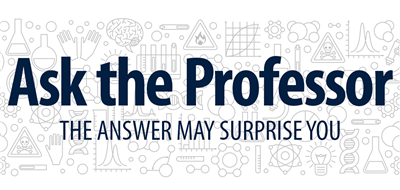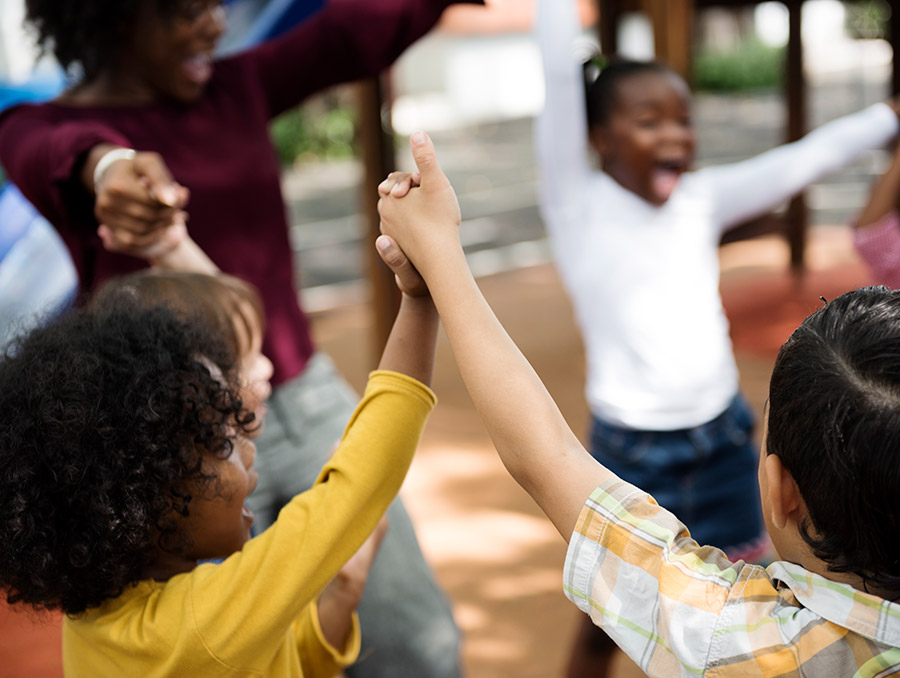
At a moment of widespread mobilization for social change in our country, it’s essential to recognize the central role of education and educators. Now, as always, educators should be(come) comfortable to discuss and confront racism and discrimination in the classroom and beyond.
Fights for social justice for many groups are common, but oftentimes we forget there are similar fights very close to us. Sometimes it can feel as if there is competition between different groups that are discriminated against, but this isn’t the case. Teachers and educators should look to find ways to create inclusive spaces inside their classrooms that build on common values and make connections (i.e., the interconnection of social categorizations like race, class, gender, and so forth, as they pertain to an individual or a group).
An important step is getting to know one’s students. This may be easier said than done. There’s no easy “test” to use to learn who somebody is. Authentic engagement and relationship building take time - but are quite rewarding.
When conversations do take place, educators need to be cautious not to let their lenses dominate. Also, they should avoid superficial exchanges that lead to stereotyping. On the contrary, students should feel valued instead of attacked, stereotyped or minimized. Social identities, including race, social class, sexuality, religion, language and so forth, shouldn’t be seen as challenges but rather as enriching aspects of the classroom environment. When students feel included, they are more likely to engage, share and challenge each other, moving the discussion forward. Students enter classrooms with knowledge of “fairness.” Discussions about social justice can build on their this knowledge in developmentally appropriate ways.
Let’s not forget that cultures are dynamic. In many ways, students today have viewpoints that educators may not be fully able to identify with; this is OK since it is more important for a teacher to allow those viewpoints and experiences to exist in a learning environment. When doing so, the teacher is also the learner.











